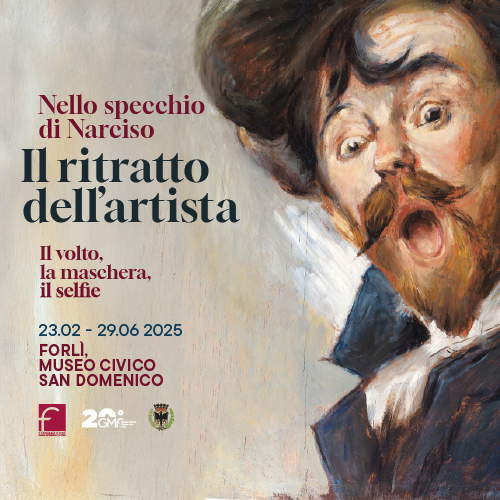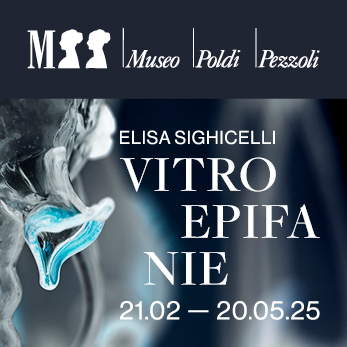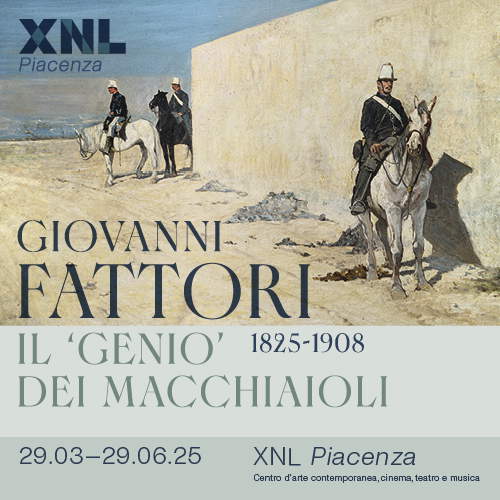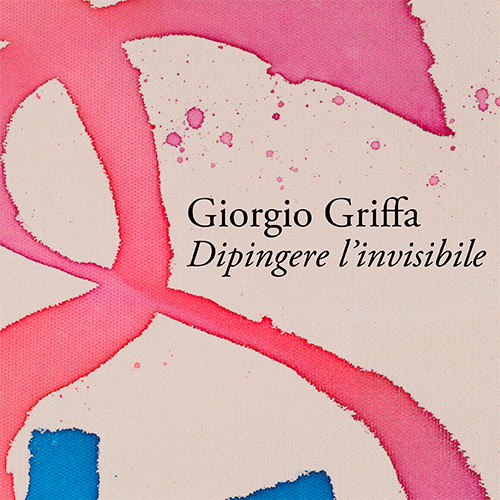Sibaritide Museum recounts recovery of stolen treasures from Timpone della Motta
Reversio, the new exhibition at the National Archaeological Museum of the Sibaritide of Crotone and Sibari Archaeological Parks located in Sibari, chronicles the journey between looting, recovery and the establishment of legality. The exhibition, running since Jan. 18, welcomes priceless finds, reassembled from illegally stolen fragments and materials found during regular excavations at the site. Beginning in the 1960s, the archaeological site of Timpone della Motta, located in Francavilla Marittima, suffered a series of looting that led to the dispersal of artifacts on the international clandestine market. Graverobbers and art traffickers smuggled objects that were sold in Switzerland then purchased by European and American museums, thus contributing to a seemingly irreversible cultural loss.
Thanks to the excellent work of the Carabinieri’s Nucleo Tutela Patrimonio Culturale and collaboration with archaeologists from institutions such as theDanish Institute in Rome, it was possible to reconstruct a significant part of the history of those artifacts and, most importantly, recover them. Between the 1990s and 2018, dozens of stolen artifacts have returned to Italy, reassembled and studied to restore a more complete view of the ancient relationship between the Oenotrians, inhabitants of Calabria during the early Iron Age, and the Greek settlers who arrived in the region. The treasures on display include objects returned from prestigious international museum institutions, such as theInstitut für Klassische Archäologie in Bern, the J. P. Getty Museum in Malibu and the Ny Carlsberg Glyptotek in Copenhagen. Fragments of art and culture, long dispersed, finally find their original context and are placed side by side with those recovered in the area. Reversio invites visitors to reflect on the present and the future. The protection of cultural heritage is a collective responsibility, and the recovery of these artifacts becomes a symbol of hope and rebirth.
The opening on Saturday, January 18, will be open to all and free of charge, offering an opportunity to immerse oneself in a compelling narrative where legality and culture are intertwined in a universal tale. Visitors will be able to discover how the joint work of archaeologists, investigators and cultural institutions has made it possible to unearth treasures that belong to all humanity.
“One of the most serious damages produced by clandestine excavations is the destruction of the contexts of origin, which makes the historical information the objects carry definitively unrecoverable,” says Filippo Demma, director of the Crotone and Sibari Archaeological Parks and curator of the exhibition. The case presented in Sibari is also important because it constitutes a recovery of knowledge, made possible by the tireless work of the Carabinieri and colleagues such as Jan K. Jacobsen and his group. It is also important to emphasize that the theme of the survey and the resulting returns, and all the stories of art, trade, religion, fashion, that we can tell through the exhibits make use of a layout that makes great use of visual communication: virtual reconstructions and animations contained in short, carefully curated video animations linked to each showcase explain the main themes to the visitor, making the tour stimulating and even entertaining."
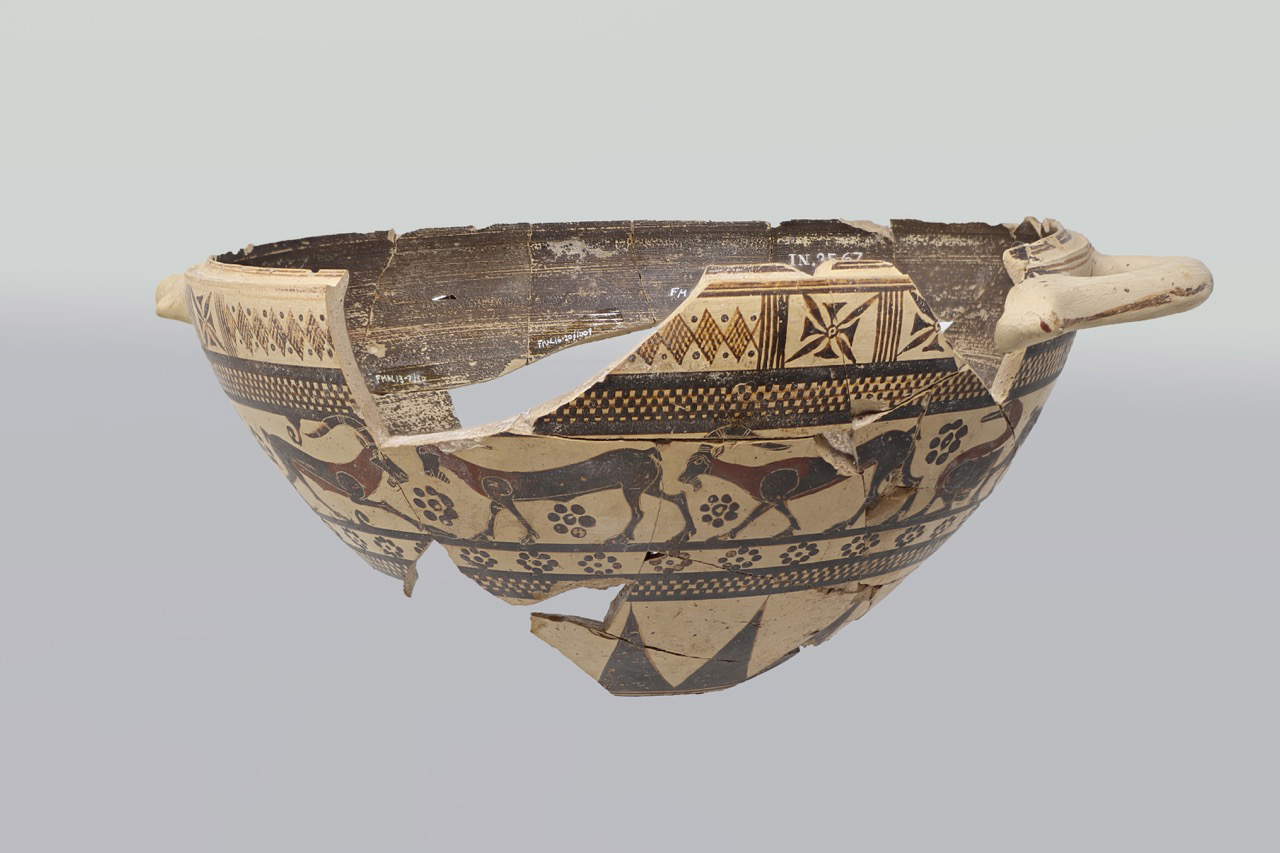 |
| Sibaritide Museum recounts recovery of stolen treasures from Timpone della Motta |
Warning: the translation into English of the original Italian article was created using automatic tools. We undertake to review all articles, but we do not guarantee the total absence of inaccuracies in the translation due to the program. You can find the original by clicking on the ITA button. If you find any mistake,please contact us.





